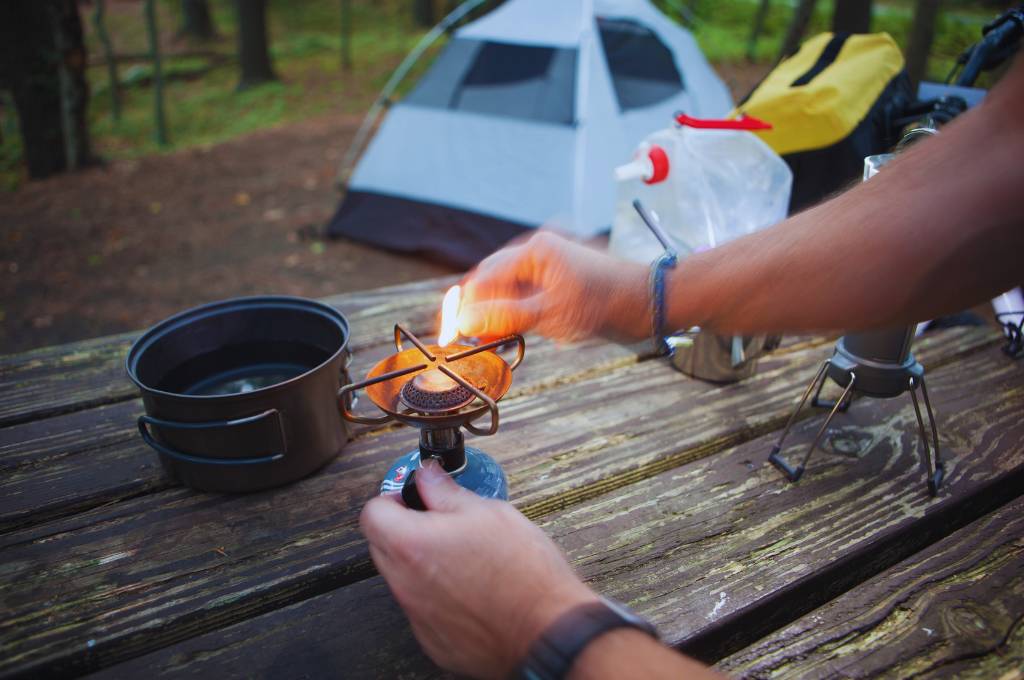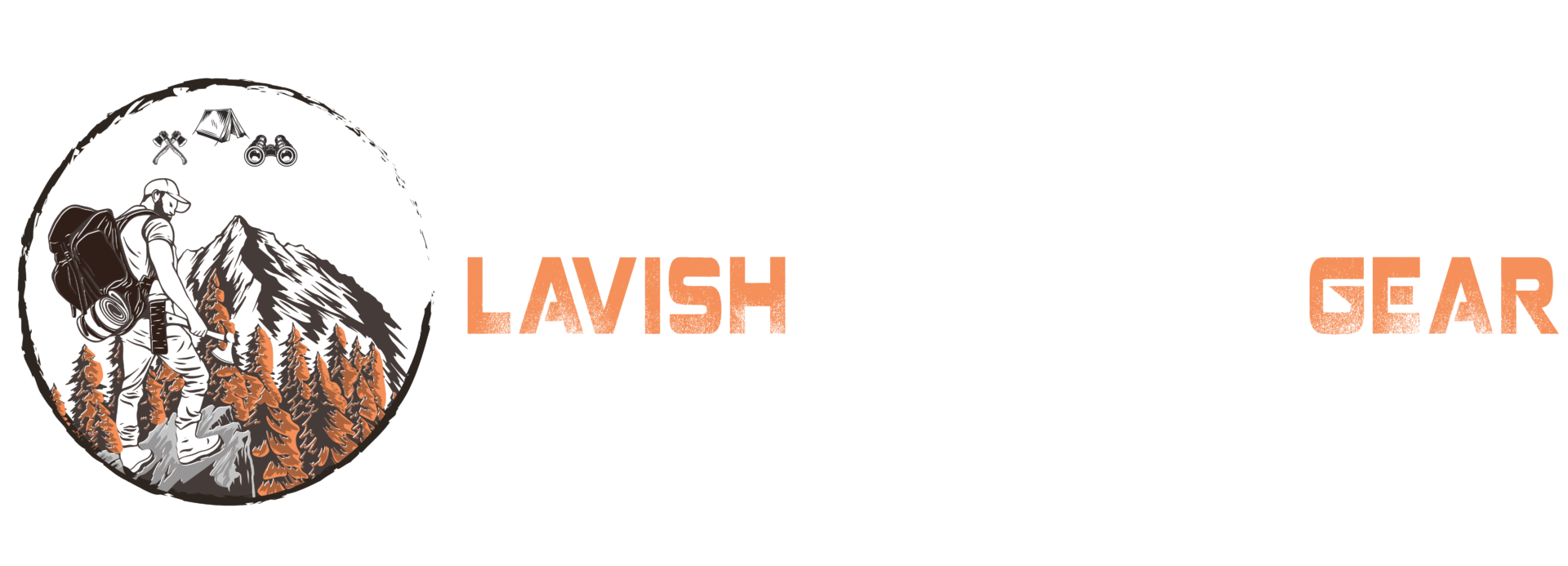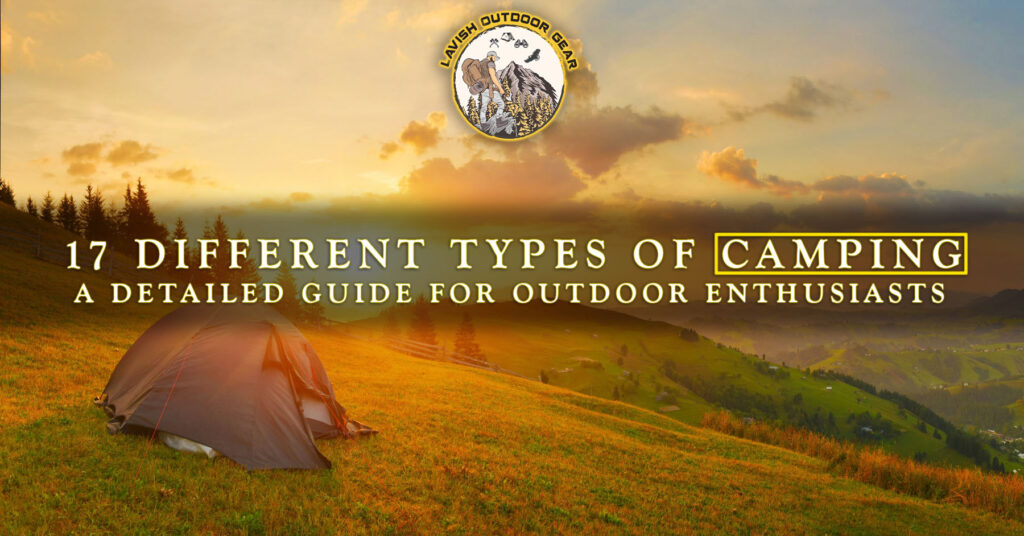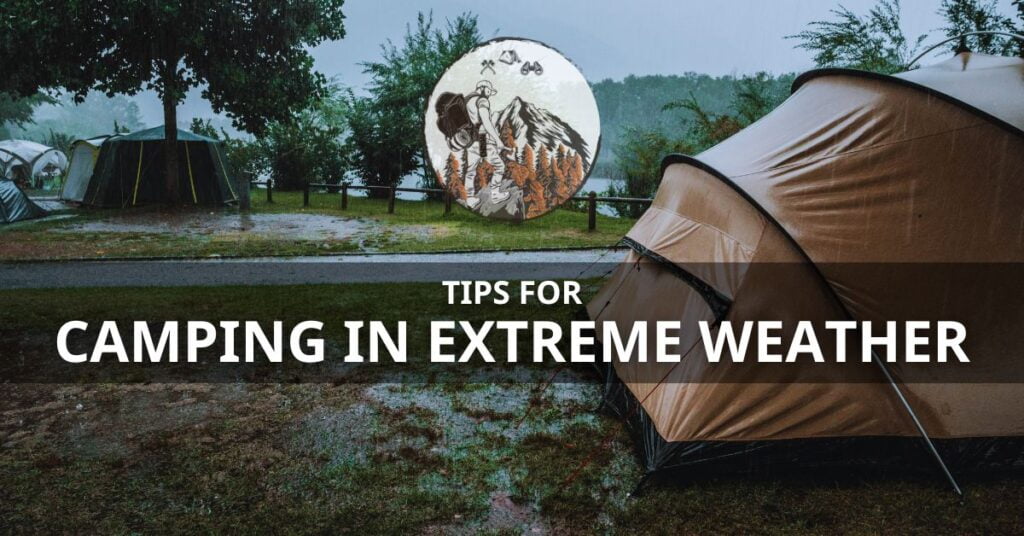Camping stoves are the unsung heroes of outdoor excursions, providing the warmth of home-cooked meals in the wild and the essential tool for survival in the event of an emergency. As every seasoned outdoor enthusiast knows, selecting the right camping stove can have a significant impact on your overall camping experience.
With myriad options available, spanning different fuel types, sizes, and features, it’s crucial to make an informed choice that aligns with your specific needs. Whether you’re embarking on a solitude-seeking hike or diving into a summer of family camping, knowing how to choose a camping stove that suits your requirements is paramount to a successful adventure. Let’s dive in!
Table of Contents
The Crucial Role of a Reliable Camping Stove
A reliable camping stove is one piece of gear you want to trust with your life. It’s not just a matter of convenience; it can be vital for your well-being. When considering your options for a camping stove, think of it as an investment in your comfort and safety.
A great stove can mean the difference between an enjoyable warm meal and a cold, unappetizing one. With durability and performance at the forefront, let’s delve into the factors you should consider when making your pick.

Factors to Weigh When Choosing a Camping Stove
With various factors at play, it’s essential to weigh your options to meet your requirements. Here’s what you’ll need to consider:
The Fuel Dilemma: What Type is Right for You?
The fuel you choose for your camping stove is perhaps the most critical decision you’ll make. Here are some popular options to consider:
- Propane and Butane: These are common choices for their ease of use and clean burning. They’re best for short trips and perfect for campers who prioritize simplicity and convenience.
- Liquid Fuel: These stoves are highly versatile, functioning well in extreme conditions. They work with a range of fuels such as white gas, kerosene, or unleaded auto fuel. If your adventures take you to the far reaches of the wild, this is your fuel.
- Wood Burning: The most primitive and eco-friendly option. They’re great for the minimalist traveler looking to lighten their load and not depend on carried fuel.
- Solid Fuel: Lightweight and compact, these stoves are excellent for emergencies or as a backup. They’re simple, though can be less powerful than other options.
- Alcohol Stoves: These are lightweight and favored by ultralight backpackers for their simplicity and the ability to use common denatured alcohol fuels.
The choice of fuel should depend on the availability of refills, the environment you’ll be in, and your cooking requirements.
Size and Portability: Does Your Stove Fit the Bill?
The size of your camping stove matters, especially if you’re hiking in rather than driving to your destination. Think about your traveling group and the space your stove will need within your backpack or vehicle.
Cooking Power and Efficiency
A stove’s BTU (British thermal unit) output will determine how fast it can boil water and cook food. Consider the altitude you’ll be at as well; higher elevations can reduce a stove’s efficiency. Look for stoves that have good wind protection and a reliable starting mechanism, as a breeze or wet match can make starting a fire difficult.
Ease of Use and Maintenance
Complicated stoves can be a nuisance to operate, especially in less-than-ideal conditions. Opt for a stove that can be assembled and lit with minimal effort. And don’t forget about cleaning. A stove that’s a breeze to maintain can extend its life considerably.
Safety Features
Safety should always be a priority. Look for features like a stable base, flame control, and a shut-off valve which can prevent accidental fires or injuries.
Price Range: Finding the Balance
Camping stoves can vary widely in price. Consider what features are “must-haves” for your outdoor plans and find the best balance between quality and cost that fits within your budget.

Types of Camping Stoves: Exploring Your Options
Understanding the many types of camping stoves available will give you insight into which might suit your needs best:
Canister Stoves: Light and Convenient
Canister stoves are known for their portability and ease of use. They’re a staple for hikers, backpackers, and climbers seeking a quick heat source without the hassle.
Liquid Fuel Stoves: The All-Terrain Option
If you’re planning an adventure in rough conditions, a liquid fuel stove will serve you best. Their ability to function in varied weather and extreme temperatures makes them a reliable choice for adventurers who journey off the beaten path.
Wood-Burning Stoves: Back to Nature
For the eco-conscious camper or the minimalist, a wood-burning stove offers a unique cooking experience off the grid. No need to carry fuel; you only need to find wood scraps to cook your next meal.
Solid Fuel Stoves: The Compact Backup
These small, lightweight stoves are a secondary option when you need a plan B. They take up minimal space and can be a lifesaver in case your main stove fails or fuel runs out unexpectedly.
Alcohol Stoves: Ultralight and Reliable
Alcohol stoves are favored by those who count every ounce of weight. They’re simple, reliable, and economically fillable with a variety of alcohol types.
Customizing Your Choice
Now that you understand the various types of camping stoves and their features, it’s time to narrow down the options based on your preferences. Here are the different aspects to consider based on your specific needs:
The Right Fit for Your Camping Style
Are you an avid backpacker, an RV enthusiast, or a family camper? Your camping style will heavily influence the type of stove that’s right for you. Ultralight backpackers may opt for an alcohol stove, while family campers may choose a larger propane stove for its cooking space and power.
Group Size and Cooking Preferences
The number of people you’ll be cooking for and your cooking style will dictate the size and features of the stove you choose. Large groups may benefit from multiple burners, while solo campers may prefer a small, single-burner option.
Setting the Budget
Consider how much you’re willing to spend. While a higher price might get you additional features, a solid budget option can still provide excellent service.

Maintenance and Safety First
Once you’ve chosen your camping stove, it’s important to maintain it regularly to ensure it works when you need it. Here are some tips:
Regular Cleaning and Storage
After each trip, clean your stove thoroughly. This will prevent clogs and ensure that the stove lights up properly next time. Also, store your stove in a dry place to avoid rust and damage.
Fire Safety Precautions
Always keep a fire extinguisher or a bucket of water nearby. It’s also a good idea to clear the area around your stove from dry leaves or other flammable materials.
Proper Fuel Handling
It’s vital to handle fuel correctly to avoid spills or injuries. When refilling, do it in a well-ventilated area, and be sure to use the right fuel for your stove type.
Conclusion
Choosing a camping stove is more than selecting the first one you see. It’s about understanding and matching your stove to your element—so it can be your trusty companion, even when the woods seem a little too wild.
Taking the time to evaluate your options will lead to greater satisfaction with your outdoor adventures, whether you’re embarking on a solitude-seeking hike or diving into a summer of family camping. Remember, the right stove can transform a good trip into a great one, providing comfort, nourishment, and security—even in the most remote locations.
In the end, the best camping stove is the one that best serves your needs and style of camping. Now go forth and choose your flame wisely, and let your outdoor experience be both memorable and safe.
FAQS
Q. What factors should I consider when choosing a camping stove?
Consider factors like fuel type, size, cooking power, ease of use, safety features, and budget when selecting a camping stove.
Q. What are the different fuel options available for camping stoves?
Popular fuel options include propane/butane, liquid fuel (such as white gas or kerosene), wood, solid fuel, and alcohol.
Q. How should I determine the size and portability of a camping stove?
Consider the size of your traveling group and the space available in your backpack or vehicle when choosing a camping stove.
Q. What are some important safety features to look for in a camping stove?
Look for features like a stable base, flame control, and a shut-off valve to ensure safety when using a camping stove.
Q. How should I maintain and store my camping stove properly?
Clean your stove thoroughly after each trip, store it in a dry place to prevent rust, and handle fuel correctly to avoid spills or injuries.
Q. What are the best camping stoves for backpacking?
Some popular camping stoves for backpacking include lightweight canister stoves and alcohol stoves known for their portability and efficiency.
Q. Which camping stoves are ideal for family camping trips?
Family campers often prefer larger propane stoves with multiple burners for their cooking space and power to accommodate cooking for a group.
Q. What are the top-rated wood-burning camping stoves?
Popular wood-burning camping stoves are favored by eco-conscious campers for their unique cooking experience and minimal environmental impact.



